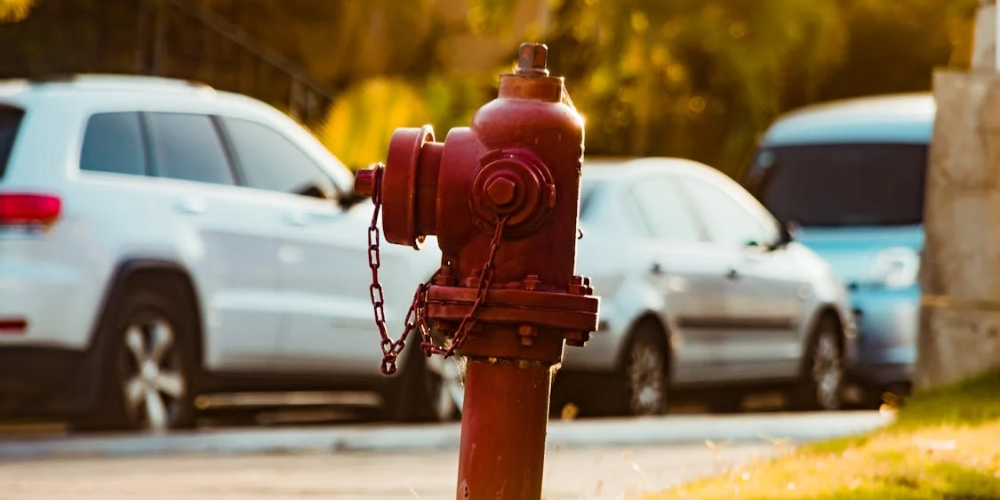
How Close Can You Park to a Fire Hydrant? Essential Rules Explained

Parking near fire hydrants is not just about convenience; it’s crucial for public safety. When considering where to park, especially in urban areas, understanding the rules surrounding fire hydrants can prevent accidents and ensure emergency access. So, how close can you park to a fire hydrant without running into trouble?
Let’s dive into the details to clear up any confusion and help you navigate this aspect of urban parking.
What is a Fire Hydrant?
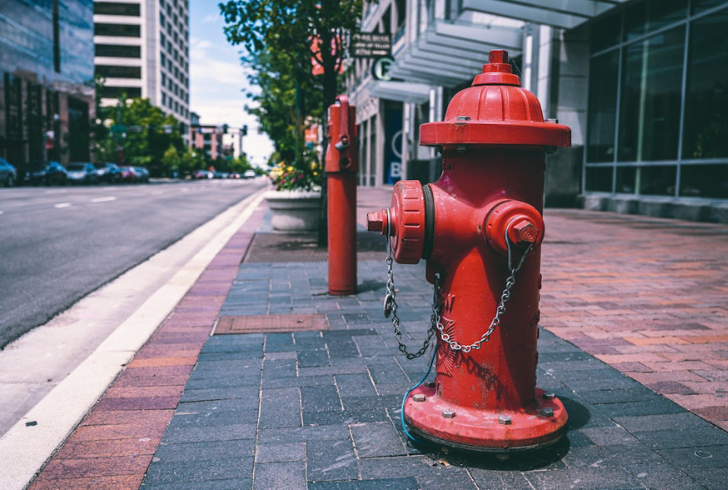
Pexels | Brett Sayles | A fire hydrant provides firefighters essential access to city water during emergencies.
A fire hydrant serves as a vital connection point for firefighters to access water from the city’s supply during emergencies. Typically marked by a yellow plate or lid on the ground, these hydrants are strategically placed for quick access. They are often accompanied by specific road markings, such as blue road studs or arrows, to make them easily identifiable, even in challenging conditions.
How Close Can You Park to a Fire Hydrant?
The golden rule is to keep a safe distance from fire hydrants to ensure unobstructed access for firefighting operations. According to regulations, you can park your vehicle up to 500mm (50cm) away from a fire hydrant, provided there are no other parking restrictions in place. This distance allows for accessibility while minimizing obstruction.
Exceptions to the Rule

Instagram | placard_abuse | Parking closer than 500mm to a fire hydrant requires someone capable of moving the vehicle to be present.
Despite the general guideline, parking closer than 500mm to a fire hydrant requires specific conditions to be met. The vehicle can be parked closer only if someone capable of moving it remains present. This requirement ensures that the vehicle can be quickly relocated if necessary, preventing potential towing or obstruction during emergencies.
Recognizing Fire Hydrant Markings
To avoid inadvertently parking illegally, it’s essential to recognize the markings associated with fire hydrants. These include a yellow circle with a rectangular lid, often 1.2 meters in diameter, and accompanying road symbols like yellow triangles or arrows pointing towards the hydrant. Being aware of these markings helps drivers make informed parking decisions that comply with local laws.
The Dangers of Blocking a Fire Hydrant
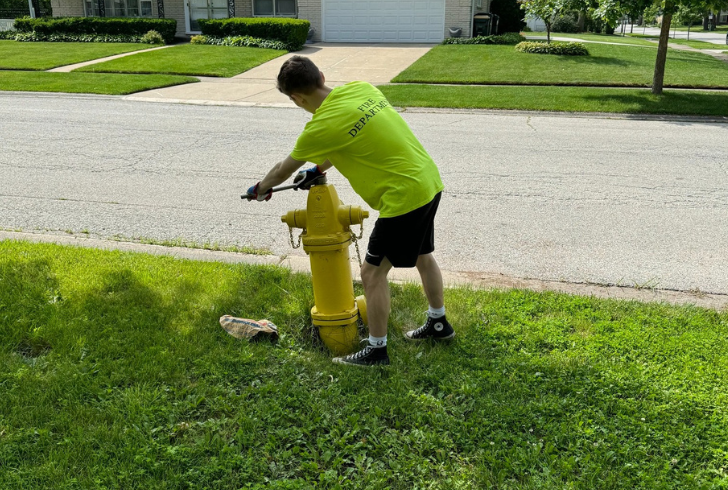
Instagram | cityofparkridge | Firefighters require space to maneuver equipment and hoses.
The consequences of parking too close to a fire hydrant go beyond a mere ticket. Here’s why it’s so important to keep these vital tools clear:
- Delayed Response: Every second counts in a fire. Blocked access to a hydrant can significantly delay firefighters’ response, potentially leading to more extensive damage or even loss of life.
- Safety Hazard: Firefighters need ample space to maneuver their equipment and hoses. Parked cars create obstacles, increasing the risk of accidents and injuries during an emergency.
- Fines and Towing: Parking violations near fire hydrants typically come with hefty fines. In some cases, your vehicle might even be towed away, adding to the inconvenience and cost.
Understanding how close can you park to a fire hydrant is crucial for both legal compliance and public safety. By familiarizing yourself with local regulations and markings, you can confidently navigate urban parking while contributing to emergency preparedness. Remember, maintaining clear access to fire hydrants is a responsibility that benefits everyone, ensuring swift action in times of need.
Next time you’re considering parking near a fire hydrant, keep these guidelines in mind to stay informed and proactive. Your awareness and compliance play a vital role in supporting the safety and well-being of your community.
More inAuto News
-
`
Mercedes-Benz Cuts Costs, Prioritizes Combustion Engines for Profit Boost
The automotive landscape is shifting, and one major player is recalibrating its strategy to navigate the evolving market. In a bid...
March 8, 2025 -
`
The Hidden Downsides of Delaying Social Security Until 70
Many people are told to hold off on claiming Social Security until they reach 70 to receive the highest possible monthly...
March 8, 2025 -
`
Will Louisiana’s Car Insurance Crisis Get Worse Due to Tariffs?
Tariffs often impact industries in unexpected ways, and Louisiana’s car insurance market might face new challenges because of them. Although most...
March 2, 2025 -
`
Is Tesla’s Self-Driving Software Safe? Cybertruck Crash Raises Doubts
A recent Tesla Cybertruck accident has sparked concerns about the company’s self-driving technology. The incident occurred in Reno, Nevada, when a...
March 2, 2025 -
`
Should I Rebalance My Portfolio Alone or Seek Professional Help?
Managing investments requires a well-planned strategy, especially when nearing retirement. Many investors wonder whether they should handle portfolio rebalancing on their...
February 22, 2025 -
`
Auto Industry Faces More Challenges in 2025, Experts Warn
The auto industry is heading toward a challenging 2025, with multiple factors reshaping its landscape. Tariff threats, rising costs, and obstacles...
February 22, 2025 -
`
Car Insurance Rates Surge Across 5 States – Are You Affected?
Car insurance rates have surged dramatically across the U.S., with some states experiencing historic increases in 2024. Minnesota and Maryland have...
February 15, 2025 -
`
Elon Musk Admits Tesla’s Self-Driving Hardware Needs an Upgrade
For years, Elon Musk has confidently stated that Tesla vehicles had the necessary hardware to achieve full autonomy. However, in a...
February 15, 2025 -
`
10 Valuable Career Lessons for the 20s That Pay Off in Your 30s
Entering your 30s often feels like a moment of reflection. For many, it’s a time when you realize how much the...
February 8, 2025





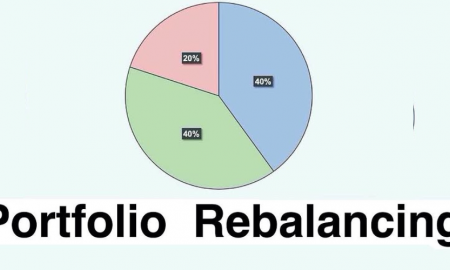






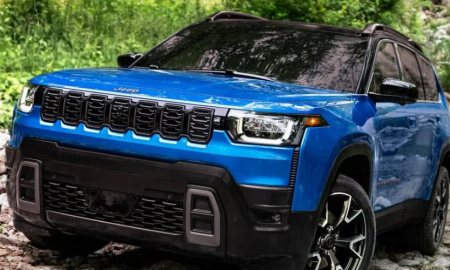


You must be logged in to post a comment Login